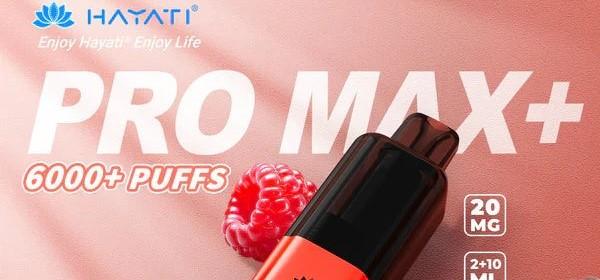Environmental Benefits of Liquid Roofing Solutions
The roofing industry has seen significant advancements in recent decades, but few innovations have had the transformative impact of liquid roofing. Unlike traditional roofing methods that rely on bitumen sheets, tiles, or metal sheets, liquid roofing involves the application of a fluid membrane that cures into a seamless and protective barrier. This approach brings several unique advantages that are driving widespread adoption across residential, commercial, and industrial applications.
The most notable benefit of liquid roofing is its seamless application. Traditional systems often involve joints, seams, and overlaps, which are vulnerable points where leaks and water ingress typically occur. Liquid roofing eliminates these weak spots by forming a continuous membrane across the entire roof surface. This provides superior waterproofing, especially for flat roofs or complex roof geometries where traditional materials may struggle to achieve full coverage.
Durability is another major advantage. Liquid roofing membranes are designed to withstand extreme weather conditions, including heavy rain, UV radiation, snow, and temperature fluctuations. Unlike asphalt or bitumen, which may crack or degrade over time, liquid coatings retain their flexibility and structural integrity for longer periods. This translates to fewer repairs, reduced maintenance costs, and extended roof life spans, making liquid roofing a cost-effective investment in the long term.
Ease of installation further adds to the appeal of liquid roofing. Many systems can be applied directly over existing roofs, avoiding the need for complete removal and disposal of old materials. This not only saves labor costs and project time but also reduces construction waste, aligning with sustainability goals. Moreover, liquid membranes can be applied with rollers, brushes, or sprays, making the process efficient and adaptable to different site conditions.
Energy efficiency is another compelling factor. Reflective liquid coatings, often referred to as cool roofs, help reduce heat absorption by reflecting solar radiation. This lowers indoor temperatures, decreasing the reliance on air conditioning and cutting down energy bills. In commercial buildings with large roof areas, the savings can be substantial. For regions facing rising temperatures due to climate change, such energy-efficient solutions are becoming increasingly essential.
Liquid roofing market size also excels in versatility. Whether applied to concrete, asphalt, metal, or wood, these systems adhere well to a wide range of substrates. They are equally suitable for new constructions, renovations, or repairs, making them one of the most flexible solutions available in the roofing market. Additionally, liquid membranes can be used for localized patchwork repairs, offering property owners a cost-effective way to extend the life of their roofs without a full replacement.
From a safety perspective, liquid roofing systems offer benefits as well. Cold-applied formulations minimize fire hazards associated with hot-melt or torch-on roofing methods. This is especially valuable in urban environments and industrial facilities where safety regulations are stringent.
In conclusion, liquid roofing offers a combination of seamless waterproofing, durability, energy efficiency, and installation flexibility that clearly outshines traditional systems. As property owners, developers, and contractors increasingly prioritize cost-effectiveness, sustainability, and long-term reliability, liquid roofing is positioned to become a dominant choice in the roofing industry worldwide.






